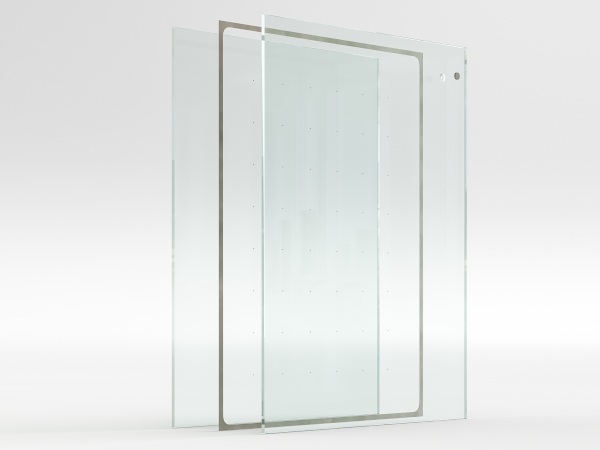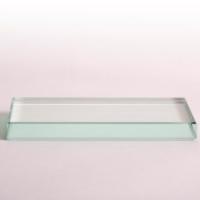Date: 26 June 2009
Kurile Islands, located in Russia's Sakhalin Oblast region, is a volcanic archipelago that stretches approximately 1,300 km (700 miles) northeast from Hokkaido, Japan, to Kamchatka, Russia, separating the Sea of Okhotsk from the North Pacific Ocean. Using X-ray fluorescence spectrometers, archaeologists from the University of Washington and the Smithsonian Institution have found the origin of 131 flakes of obsidian. These small flakes were discarded after stone tools were made from obsidian and were found at 18 sites on eight islands in the Kurils. The flakes were found with other artifacts that were dated over a time period spanning about 1,750 years, from 2500 to 750 years before the present. Despite the islands' volcanic origin, there are no known local sources of obsidian. "A key quality of obsidian is you can create very sharp edge.Obsidian flakes easily and fractures in a way that is predictable. When it was available people have used it," said Colby Phillips, lead author of the new study and an anthropology doctoral student at the University of Washington.
Obsidian is formed when magma is extruded from a volcano and can be geochemically identified because the obsidian from each volcano has a unique chemical signature based on the amount of elements such as rubidium, zirconium and strontium in the glass.
Archaeologists gather obsidian samples from volcanoes to create a data base of chemical signatures and compare archaeological samples collected in the field to the data base.
Phillips and Speakman pinpointed the Kuril flakes they analyzed to four locations on Hokkaido and five sources on Kamchatka.
The majority of the flakes, slightly more than 60 percent, originated in Kamchatka.
Human occupation of the Kurils began about 4,000 years ago at the southern end of the island chain near Hokkaido and gradually spread northward. Wherever humans went, they carried obsidian with them.
"Obsidian only makes up about 8 percent of the stone tools and the waste left from their manufacture, but it shows up at all sites and over all time periods," said Phillips.
The researchers found a basic pattern of obsidian distribution in the islands.
"Obsidian may have played a role in maintaining social and trade networks as people migrated across the Kurils. The fact that we have a material such as obsidian throughout the islands shows people were proactive in maintaining ties in the prehistoric era," he added. (ANI)














Add new comment